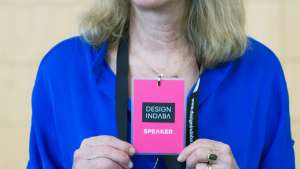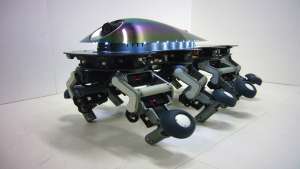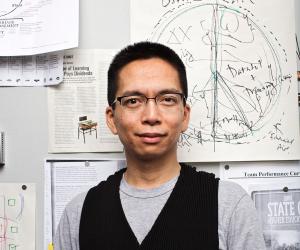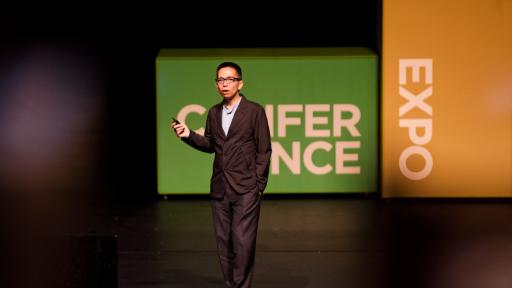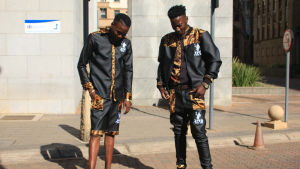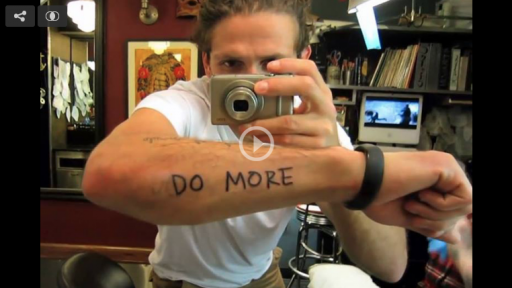From the Series
The Rhodes Island School of Design’s president spoke at Design Indaba Conference 2013 about the impact of technology and design in the leadership space. He focused on highlighting the differences between traditional leadership and creative leadership, asking important questions such as "What does leadership look like and how do creative people learn to lead?"
The impact of design and technology in the leadership space is that many organisations are looking to become more agile in order to learn how to respond to the volatile conditions of today. Bringing a design frame, and technology frame, can expand an organisation’s potentials, says Maeda.
Maeda looks at what happens if an organisation’s pyramid is turned upside down; the traditional structure has the everyday workers at the bottom, followed by various levels of management, and the leaders at the top, while Maeda's model instead puts the leaders at the bottom. He calls this structure the “Plum Tree”, wherein top management, being the trunk, brings resources into the organisation and the people who make things are at the top of the structure. They get to see forever, and they get the resources coming up through the tree, as they need the inspiration and different approaches to designing. This simple idea guides how Maeda thinks about leadership today.
Creativity is important for a better world because right now we're looking for new solutions, and I think that those new solutions have to come from the creative people. But creative people have to become more empowered leaders today. That is my message, says Maeda.
In his interview with Design Indaba, Maeda explains how technology and design have played a role in making things better but how simply making something better doesn’t make the world better. He believes it will take different kinds of leaders to make everything come together. The IBM logo, says Maeda, is an example of a visionary scientific leader who believed that design was important.
What I'm trying to do is to figure out how technology, and design, and the arts, can intersect in meaningful ways, explains Maeda.

